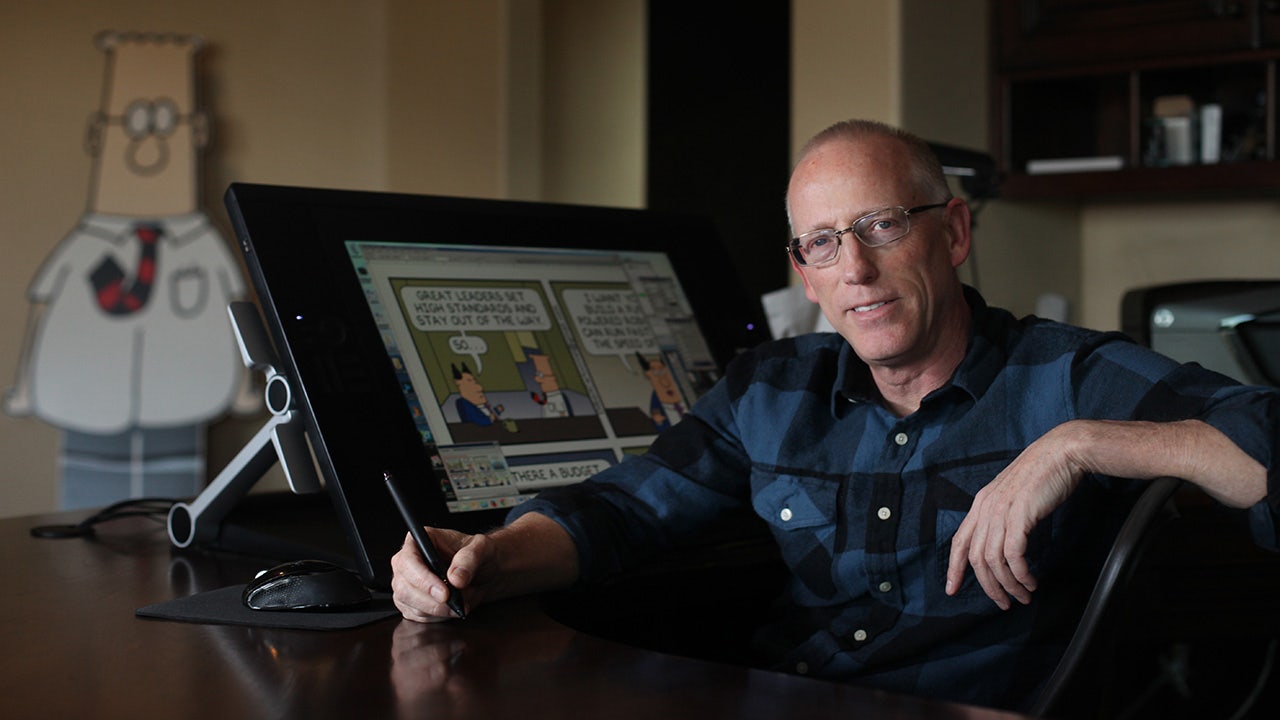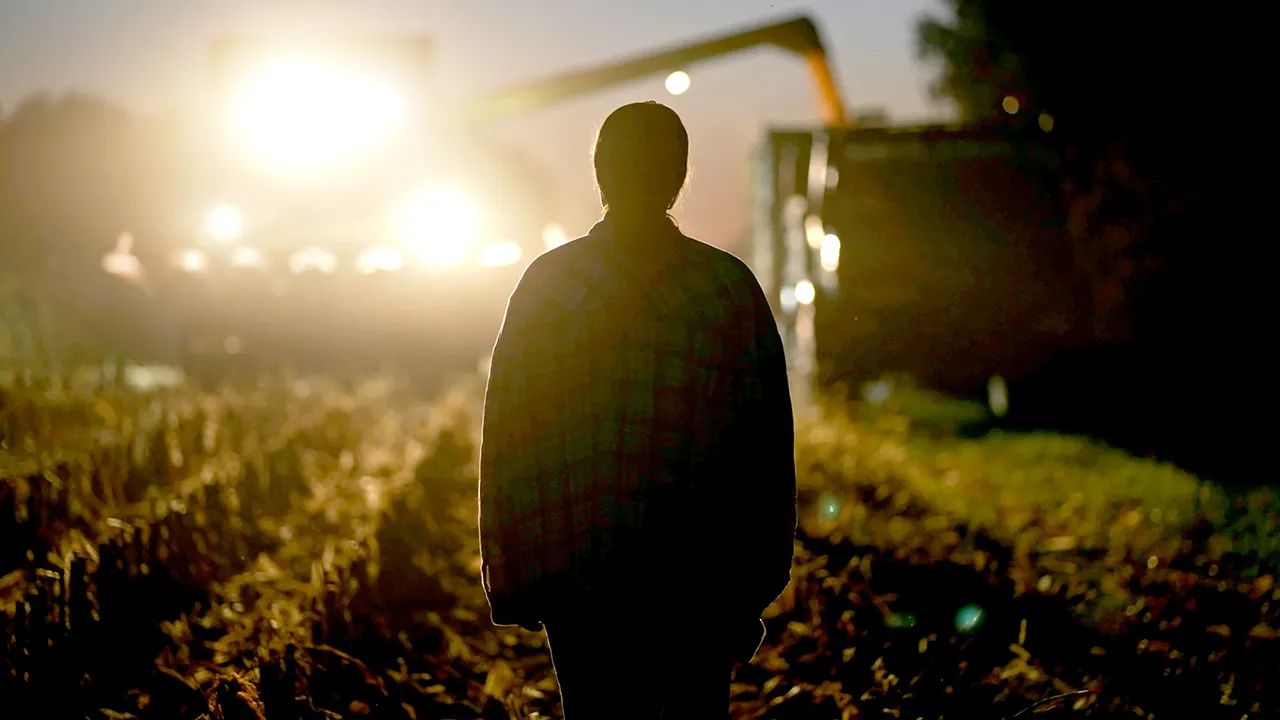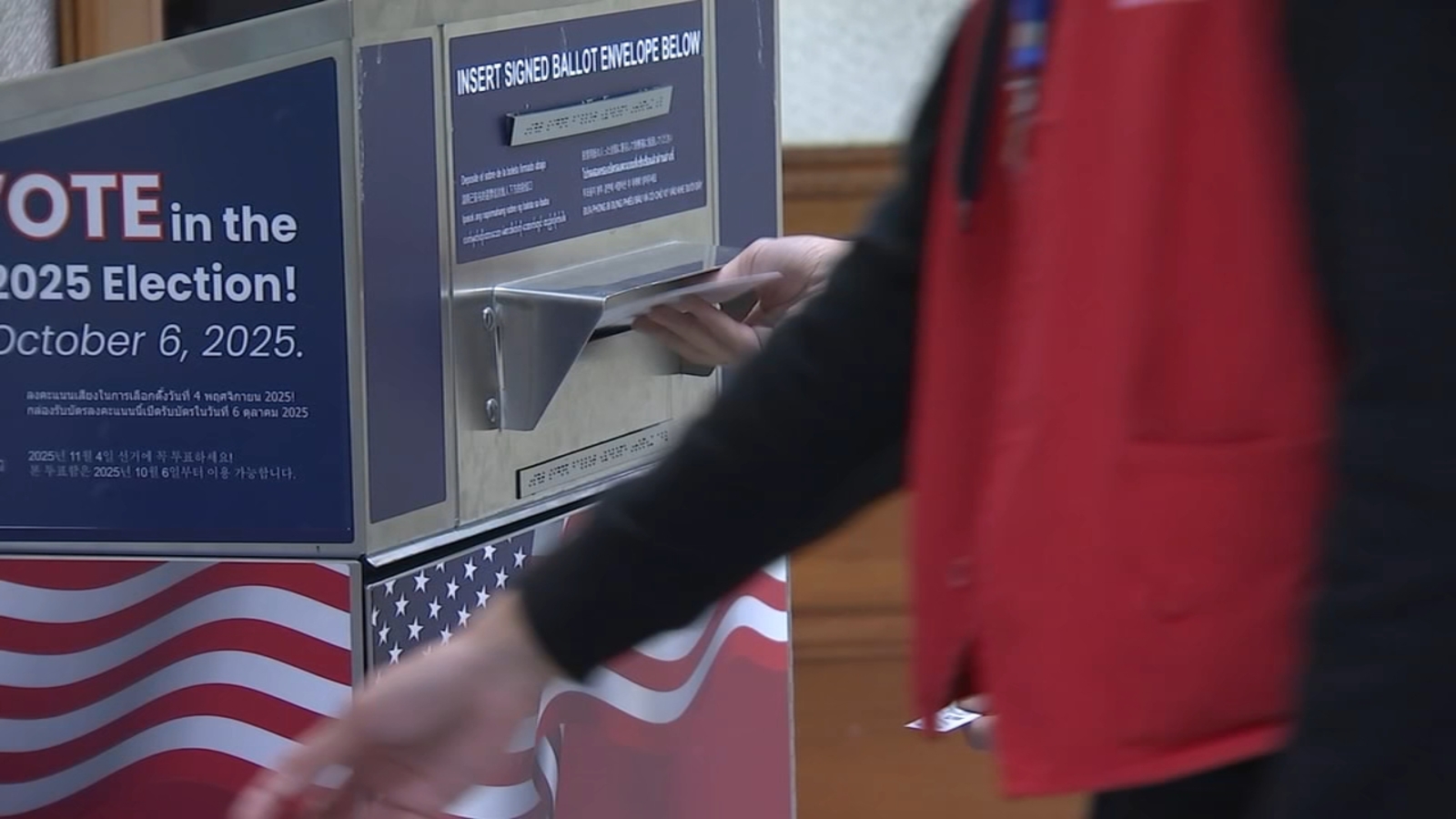Finance
Embracing the next chapter: A personal finance writer’s journey to retirement

A couple of years ago, I wrote a column about how to have a retirement worth saving for. It ended with a quote from personal finance educator Barbara O’Neill, who reflected on how the pandemic disrupted many retirees’ plans. “It wasn’t just two years lost, it was two good years,” O’Neill said then. “You don’t know how many of those you have left.” One of my younger colleagues objected to that sentiment, saying it was a jarring ending to an otherwise upbeat column. But my older co-workers got it. Those of us who currently have good health and energy don’t know how long those blessings will last. There’s no guarantee we’ll get to enjoy the retirements we have planned.
That lesson was driven home in July 2023, when a longtime colleague died at age 61. We’d had many talks over the years about the retirement he had envisioned. It’s heartbreaking that his dreams will never happen. But his death was the push I needed to make my own decision. By the time you read this, I will have retired from my job at personal finance site NerdWallet.
MAKING THE DECISION WAS SURPRISINGLY HARD
When our financial planner told us we could afford to retire, my initial reaction wasn’t joy but bemusement. I’ve been writing about retirement planning for three decades and saving for even longer, but it was always a goal in the distant, misty future. Making the decision felt like jumping off a cliff.
Would I be OK without the intellectual challenges, social interactions and sense of satisfaction I get from my job? Had I accomplished everything I wanted to in my career? And just how much would I miss that nice, steady paycheck and all the wonderful benefits NerdWallet provides, including massively subsidized health care?
DOING WHAT A JOURNALIST DOES: RESEARCH
At this point, I have to acknowledge the huge privilege of even having a choice about when to retire. Almost half of retirees leave the workforce earlier than they planned, according to the Employee Benefit Research Institute. Some are laid off or forced out. Others have health issues or must care for loved ones who are sick or disabled. Many people keep working out of necessity: They have bills to pay and too little savings.
Knowing all that didn’t make the choice easy, however. So I did what I do best: copious research. I found it hugely helpful to read O’Neill’s book, “Flipping a Switch: Your Guide to Happiness and Financial Security in Later Life.” Another good read is “Independence Day: What I Learned About Retirement from Some Who’ve Done It and Some Who Never Will,” by Steve Lopez, my former Los Angeles Times colleague.
My husband and I had many, many discussions with our financial planner. We asked her to rerun our plan with different assumptions about what we’d spend, how we’d tap our funds, what the markets might do and what we’d earn with part-time work. This stress testing gave us confidence in our plan.
Our planner also connected us with an insurance agent who helped us figure out health coverage. My husband is old enough for Medicare, but I’m a few years shy of 65 and we have a daughter going to college in another state. I’m glad we have the option to buy health insurance through the Affordable Care Act exchanges. But continuing my employer’s group coverage for my daughter and myself through the Consolidated Omnibus Budget Reconciliation Act (COBRA) turned out to be the most cost-effective option for now.
Our financial plan worked and health care was solved, but emotionally I was still resisting. Ultimately, I realized why. I was looking at retirement solely as an ending.
LOOKING AHEAD, RATHER THAN BACK
With previous big life changes — buying a home, getting married, having a child, starting new jobs — excitement about the adventure to come quickly overcame concerns about what I was giving up. I needed to stop focusing on what I was retiring from and start contemplating what I was retiring to.
Today, I’m seeing retirement for what it is: the beginning of an interesting new chapter in our lives. The time I once spent building a career will be invested in travel, volunteering, and deepening relationships with friends and family.
I’m proud of what I’ve accomplished. I’ve won awards, written five books, contributed to the growth of a company (NerdWallet) and its award-winning podcast (“Smart Money”). Most importantly, I’ve helped people solve their money problems. I’ll continue with that last part, but I’m also looking forward to the rest of what comes next.

Finance
The New Hampshire Business Finance Authority honors lenders at the 5th annual Granite State Awards
Finance
Hoskinson Gives Insight on Cardano DeFi and ADA Holders

Cardano founder Charles Hoskinson has responded to renewed criticism about the network’s total value locked (TVL) and relatively sluggish decentralized finance (DeFi) growth.
On October 31, Hoskinson acknowledged the gap between Cardano’s DeFi activity and leading blockchains like Ethereum and Solana. However, he said the numbers fail to capture the network’s broader participation and governance strength.
Sponsored
Cardano Bets on Bitcoin Interoperability to Unlock Billions in DeFi Liquidity
Hoskinson pushed back on the long-standing belief that introducing major stablecoins such as USDT or USDC would automatically transform Cardano’s DeFi ecosystem.
“No one’s ever made the argument and explained how the existence of one of these larger stablecoins is magically going to make Cardano’s entire DeFi problem go away, make the price go up, massively improve our MAUs, our TVL, and all these other things,” he said.
He argued that their arrival alone would not solve the network’s structural challenges or guarantee growth.
According to him, Cardano already has native, asset-backed stablecoins like USDM and USDA that can be minted at will and rarely lose their peg.
Instead, Hoskinson pointed to user behavior as the main reason Cardano’s DeFi TVL remains small.
For context, he noted that the network has about 1.3 million users who stake or participate in governance, collectively holding more than $15 billion in ADA.
However, those figures don’t count toward TVL metrics, and most ADA holders remain passive participants rather than active liquidity providers.
“Cardano has a fertile ecosystem. There’s a lot of people floating around. There’s a lot of people who hold ADA, who have Cardano wallets, who have been in our ecosystem — in many cases more than five years. But not a lot of those people have crossed the chasm to use DeFi in Cardano,” he stated.
Sponsored
He added that this distinction creates a “chicken-and-egg” loop for Cardano’s ecosystem. According to Hoskinson, the network’s low activity deters partnerships and liquidity, while the lack of external integrations further limits on-chain adoption.
To counter these limitations, Hoskinson outlined a multi-year roadmap that ties DeFi growth to real-world finance and Bitcoin interoperability.
He highlighted the Midnight network—a privacy-focused sidechain—and RealFi, a microfinance platform targeting African markets, as key initiatives.
Both will integrate with Bitcoin DeFi, allowing ADA and BTC to be lent, converted into stablecoins, and used in real-world lending products.
Sponsored
Hoskinson expects this combination to drive “billions of dollars” in new liquidity while attracting Bitcoin’s vast capital base. He also cited ongoing projects such as Leios, as proof that Cardano continues to evolve at the protocol level.
Still, he conceded that Cardano’s core issue is coordination and accountability, not technology.
“It’s not a technology problem. It’s not a node problem. It’s not a problem of imagination and creativity. It’s not a problem of execution. We can pretty much do anything. It’s a problem of governance and coordination and ultimately accountability and responsibility,” Hoskinson said.
To fix this, he proposed delegating clear responsibility for ecosystem expansion. He also called for targeted marketing and event strategies to mobilize ADA holders toward DeFi participation.
“The problem isn’t the ability to do a marketing campaign. The problem isn’t our ability to ship great software. It’s that there’s no one accountable to actually conceive of it, execute it, and be held accountable to the outcome of it. That’s the problem in a nutshell. So that is the problem we have to solve next year as we look to 2026,” He stated.
Finance
I’m a Single Woman Eager to Date. But My Terrible Financial Situation Will Send All My Suitors Running.

Our advice columnists have heard it all over the years—so we’re diving into the Pay Dirt archives to share classic letters with our readers. Submit your own questions about money here. (It’s anonymous!)
Dear Pay Dirt,
I am a mid-30s single woman with no kids, and because of my credit score—low 500s—I feel like I am invisible. I don’t qualify for a credit card, I can’t rent a car, I can’t get an apartment without my parents co-signing. I have “modest” student loans—$38,000—that because of the CARES Act have finally come out of collections, but nothing on my credit score has changed.
I don’t know where to begin to resolve this, and I feel like I’m failing at life. I’m even embarrassed to seriously date anyone because of my financial status. I work in the restaurant industry in an expensive city, and so even though I make decent money, when it comes down to it I’m still living paycheck to paycheck. How do I get out of this?
—I Don’t Exist
Dear I Don’t Exist,
You are not alone. Millions of Americans are living paycheck to paycheck, and not because they’re irresponsible or have done anything wrong. There are probably many people you know who are struggling with similar issues, and you’re unaware of it because people are embarrassed to talk about financial struggles. We live in a country where people equate money with success and hard work, even though financial security is often determined by other factors, and there are plenty of people who work incredibly hard and still have trouble making ends meet.
There are also trade-offs we choose to make that mean forgoing options that might be financially more secure. If you work in the restaurant industry in an expensive city, I imagine you’re in a competitive job and that to some extent you enjoy it and the things that come with the expensive city, or you’d consider a move. It’s worth thinking about what these trade offs are, and how you value them—good and bad.
But also know that your situation is not unusual and try to be kinder to yourself. First, you should consider talking to a credit counselor. There are non-profits that specialize in helping people repair credit and get on track financially. I know it probably creates some anxiety for you to talk about these things, but having a plan will reduce your anxiety about it longer-term, and taking that first step will make you feel a lot better. When you have debt and no concrete plan for getting out of it, it’s easy to feel overwhelmed and that the situation is insurmountable. Talking to a professional will help you envision and figure out a path out of it.
Lastly, you shouldn’t be embarrassed to date because you have debt. Lots of people have debt, and a date is not a lifelong commitment to combine assets. Just be upfront about your situation to anyone it seems like you might be developing feelings for—and not just as a matter of disclosure, but because it’s important to you and shapes how you’re making decisions in your life right now. There plenty of people out there who are potential partners who can sympathize with your situation, and anyone who can’t probably isn’t for you anyway.
—E.S.
From: I’m Worried The Government Will Force Me To Pay For My Stepkids’ College. (February 10th, 2022).
Please keep questions short (
Dear Pay Dirt,
My spending habits are hard to categorize. I’m sometimes frugal and sometimes a splurger, depending on the situation. The only thing is I hate splurging when I don’t want to. This has come up recently with my new boyfriend. He loves to spend a lot of money on takeout. I don’t. I hate cooking, but I like getting the most bang out of my buck when I eat out, unless there is something I really, really like on the menu. I’d prefer just to get a main course, and then if I want an appetizer or more food, it would be something I bought from the store. My boyfriend really likes taking care of me, and that sometimes means he orders extra food.
The problem is we’ve started trading off who pays, and I don’t want to pay a ton for all the extra food he wants. This last time we picked up a to-go order, I was driving home and he had to order. He ordered a bunch of food, including an entire meal of fried rice (which I think is an absolutely idiotically overpriced dish) as a leftover. I’m fine with having leftovers from a meal, but not an entire dish.
This type of frugality just seems absolutely ridiculous when I say it out loud. We’re not going out right now, but we knew each other before the pandemic and he knows I’ve had no trouble in the past spending a ton of money at the bar and I still don’t. I just worry that financially I am somehow a minefield and telling him this is just going to be so confusing. On top of it, this isn’t just a preference (it always has been), it’s a necessity because of my current financial situation, and frankly, he doesn’t make a ton of money, so I don’t know how this isn’t an issue for him either.
I just feel like an overbearing girlfriend by saying “Hey, I don’t want us to spend a ton of money eating out.” Am I overthinking this? Do I just need to be open about this? How do I say this without making him feel bad about how he likes to spend his money?
—Am I Being a Weirdo?
Dear Am I Being a Weirdo,
Part of the reason this column exists is because people have a hard time talking about money, but everyone needs to be comfortable doing it. I understand your anxiety about discussing it because you don’t want to be perceived as cheap or arbitrary in your logic by someone you love.
But it sounds as if you’re living together, and when you’re cohabitating, I think money conversations are necessary. (And this would be true even if he was just your roommate and you were sharing food expenses.)
I would begin the conversation by saying that you realize your spending might sometimes seem random, but there are just certain types of expenses that make you anxious, and you’d like to find a way to handle the question of food expenses in a way that doesn’t make him feel deprived, and doesn’t make you feel like you’re wasting money on food you don’t need or want. There are a lot of different potential solutions. One is that you create a joint food budget and stick to it. Another is that you pick up individual tabs in restaurants. Yet another is that you plan, at the beginning of the week, to figure out how much you want to spend and where. Regardless, the point is to come to some agreement about what you both feel comfortable spending.
This also requires that you be empathetic to his position. Even if your boyfriend doesn’t make a lot of money, it could be that not having to think too much about buying food, specifically, is what makes him feel secure and comfortable. I had some food insecurity my freshman year of college and, perhaps as a result, I’m more likely to spend on extra food than anything else, now that I’m relatively stable. Of course, your boyfriend may just not be thinking about the issue very much, but people’s spending priorities are often shaped by their history of feeling financially secure or not. And he may be forgoing expenses in other areas because food is important to him.
But you won’t know either way, unless you talk about it. You both need to be open about your anxieties around the issue so you understand and can sympathize with each other’s spending habits and can come to some compromise.
—E.S.
From: I’m Really Concerned About My Daughter’s Strange Financial Arrangement With Her Boyfriend. (January 27th, 2022).
More Advice From Slate
I have two very young children with severe developmental disabilities who will need lifelong care. My brother has seen them twice for a few hours each time and never calls or emails. Recently we redid our wills and had to decide who we wished to be guardians of our kids if something were to happen to both my husband and me. Because of the physical strength needed to care for the kids, we decided it wouldn’t be right to ask the grandparents to take that on when my husband and I each have a brother. My brother-in-law is a great guy and agreed to be first in line. But our attorney suggested we name a second guardian just in case.
-
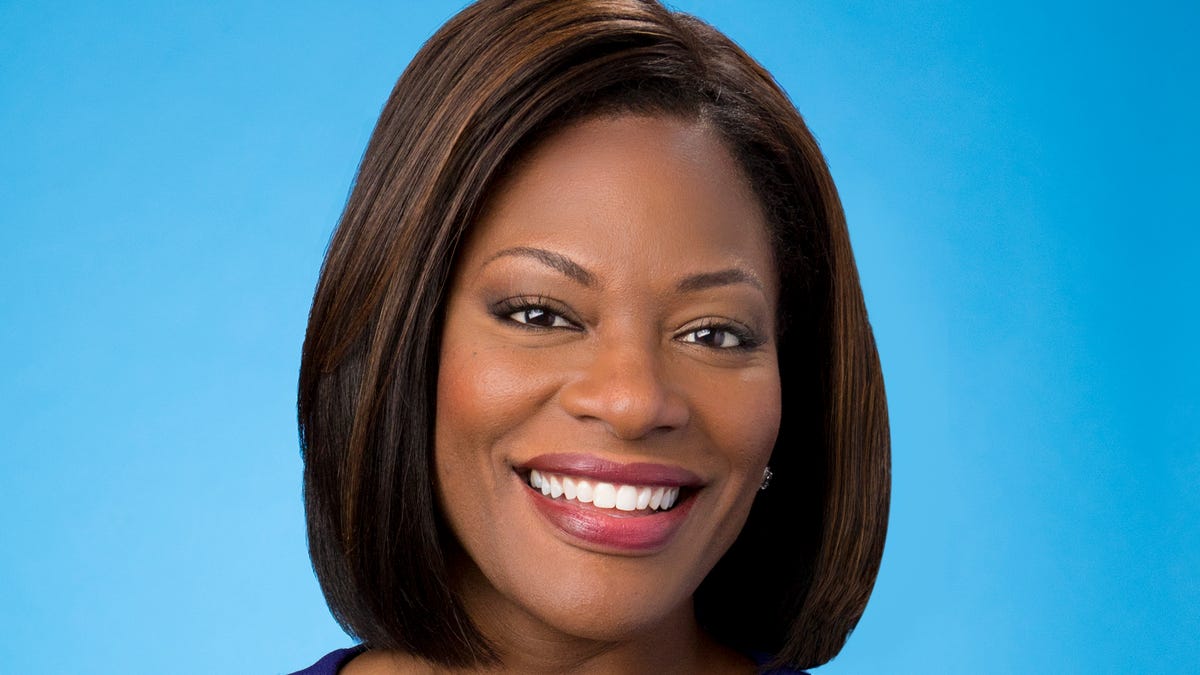
 Milwaukee, WI5 days ago
Milwaukee, WI5 days agoLongtime anchor Shannon Sims is leaving Milwaukee’s WTMJ-TV (Channel 4)
-

 News6 days ago
News6 days agoWith food stamps set to dry up Nov. 1, SNAP recipients say they fear what’s next
-

 Alabama1 week ago
Alabama1 week agoHow did former Alabama basketball star Mark Sears do in NBA debut with Milwaukee Bucks?
-

 News1 week ago
News1 week ago1 dead, 6 injured in shooting at Lincoln University homecoming festivities
-

 Austin, TX1 week ago
Austin, TX1 week agoDia De Los Muertos Austin: Parades, Altars & Events
-
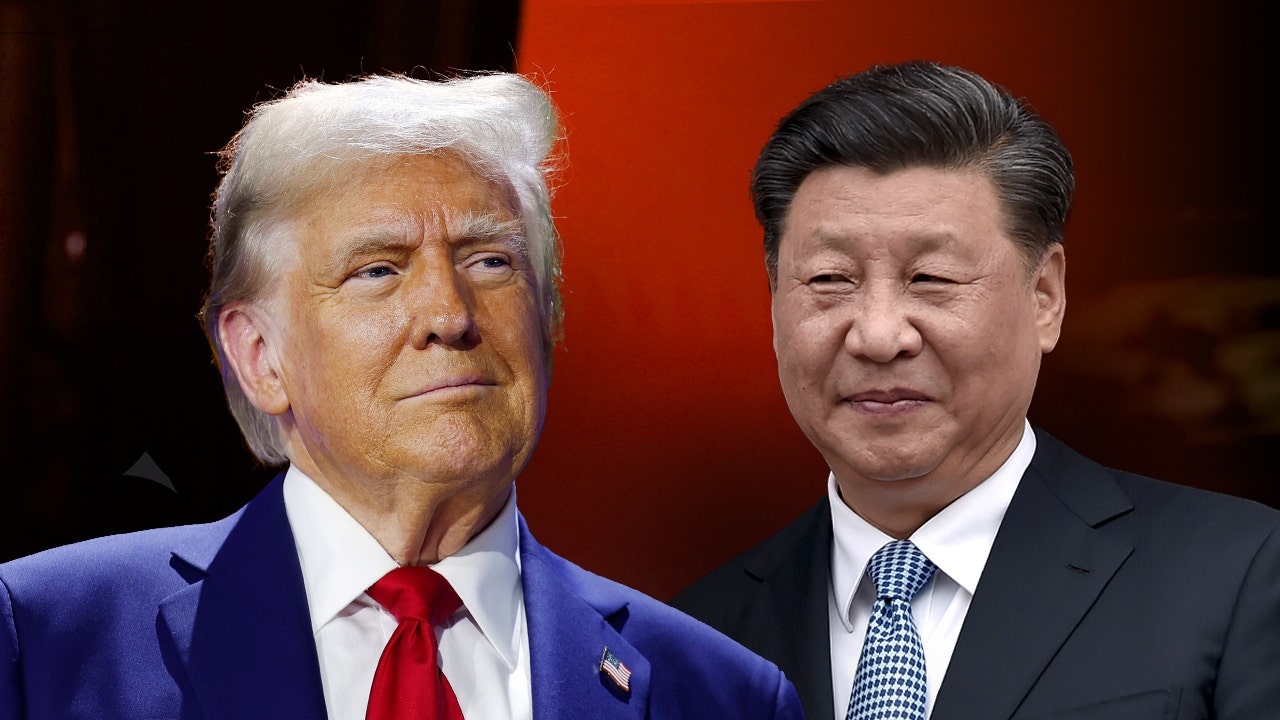
 Politics1 week ago
Politics1 week agoTrump to jet off to Asia as North Korea fires ballistic missiles and China trade questions loom
-

 Seattle, WA5 days ago
Seattle, WA5 days agoFOX 13’s Aaron Levine wins back-to-back Jeopardy! episodes
-

 Culture4 days ago
Culture4 days agoVideo: Dissecting Three Stephen King Adaptations
